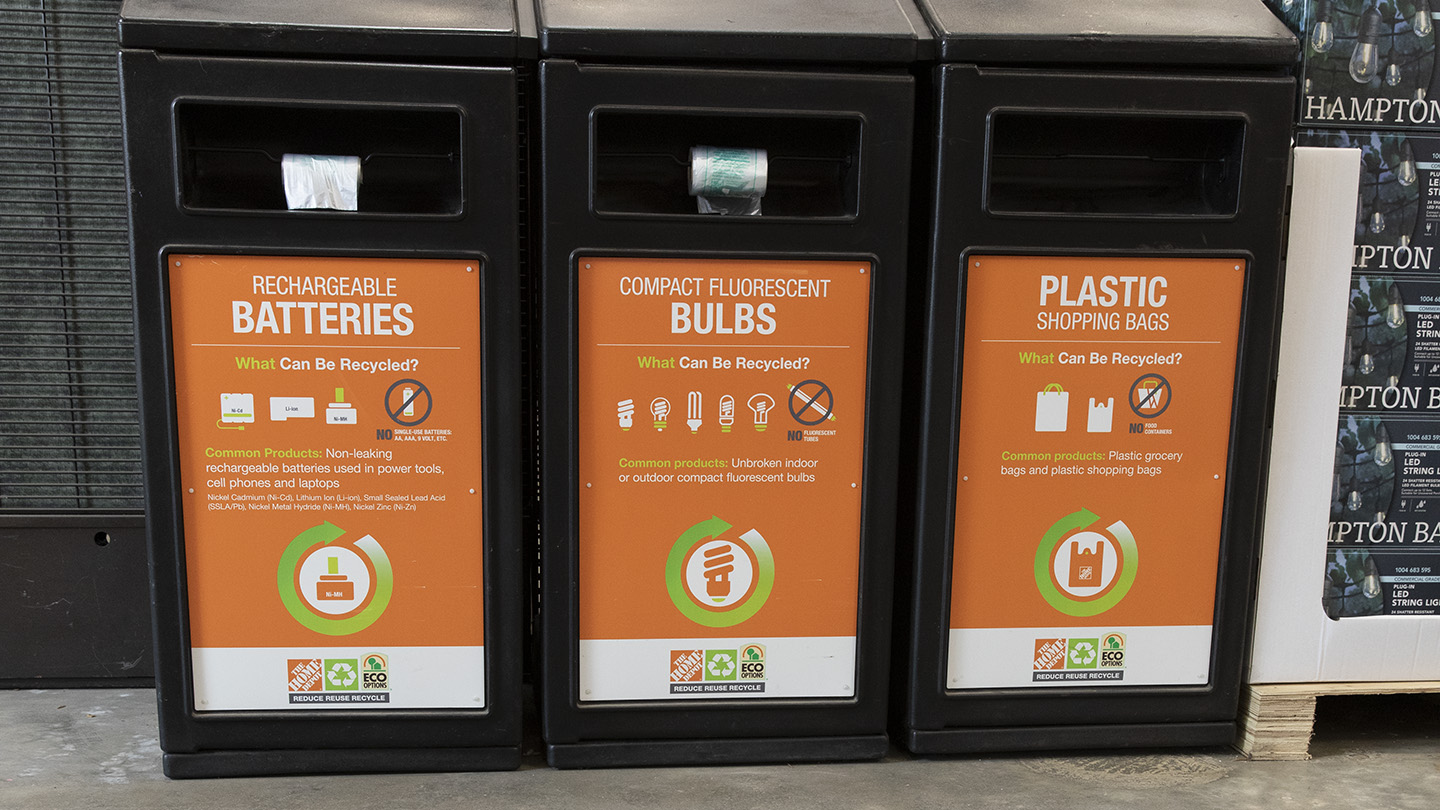Buying Guide
Best Practices for Rechargeable Batteries
Cordless power tools have simplified many projects and made home improvement vastly more convenient. Advances in technology have brought us everything from battery-operated lawn mowers and chain saws to circular saws and miter saws.
Earlier generations of battery-operated tools were temperamental and involved rather meticulous charging hygiene. Thanks to developments in lithium-ion battery technology, today’s cordless tools are far more down-to-earth. Today’s rechargeable lithium-ion batteries are more powerful, longer-lasting, faster to charge and easier to maintain. A few simple tips will help you maintain your rechargeable batteries and chargers so you can get more out of your battery-operated tools.
Rechargeable Battery Basics
 Initial Charge: You’ll need to charge your battery before using. Most batteries are shipped with a partial charge to ensure safety during transport. If you’re buying a new battery-powered tool, don’t expect it to be full power right out of the box.
Initial Charge: You’ll need to charge your battery before using. Most batteries are shipped with a partial charge to ensure safety during transport. If you’re buying a new battery-powered tool, don’t expect it to be full power right out of the box.
Charger Setup: Make sure that the power supply to your charger is normal household voltage: 120 volts, AC only, 60 Hz.
Avoid Extreme Temperatures: Do not place the charger or lithium-ion batteries in an area of extreme heat or cold. Likewise, do not place batteries or chargers near extreme heat or fire.
Hot or Cold Batteries: If a battery pack is hot or cold, it may be placed on the charger but may not charge initially. Don’t panic, this is normal. Charging will begin once the battery has reached an acceptable temperature range.
Battery Storage
Routine Battery Storage
Battery Removal: Always remove battery packs from tools before storing.
Avoid Extreme Temperatures: Batteries can be stored on chargers in climate-controlled environments – not too hot or too cold. Storing batteries inside is recommended.
Long-Term Battery Storage
Charge Status: Battery should have half charge or higher when going into long-term storage.
Temperature Recommendations: Store batteries anywhere that does not get below 0˚C or above 100˚C. (We recommend inside.)
Other Conditions: Store batteries away from wet, damp, humid areas.
Before Next Battery Use
Check Status: Check the state of charge on your battery.
Charge Up: Make sure to fully charge all batteries you will need for your job.
Charger Basics
Types of Chargers: Chargers are characterized by the rate at which they charge. The charge rate is rated in amps and represents the amp hour capacity that can be charged in one hour. For example, a 2A charger charges a 2.0Ah battery in one hour.
Fast Charge: Fast-charge rates are better for higher capacity (amp hour) batteries.
Types of Multi-Port Chargers
Sequential chargers can charge one battery at a time at the rated charge rate.
Parallel chargers can charge multiple batteries at a time at the same charge rate.
Recycling Rechargeable Batteries
Please Recycle: Rechargeable batteries, such as lithium-ion batteries, should not be disposed of in the trash. They can be brought to The Home Depot or any other organization for disposal.
To learn more about recycling batteries at The Home Depot, read the story here.


